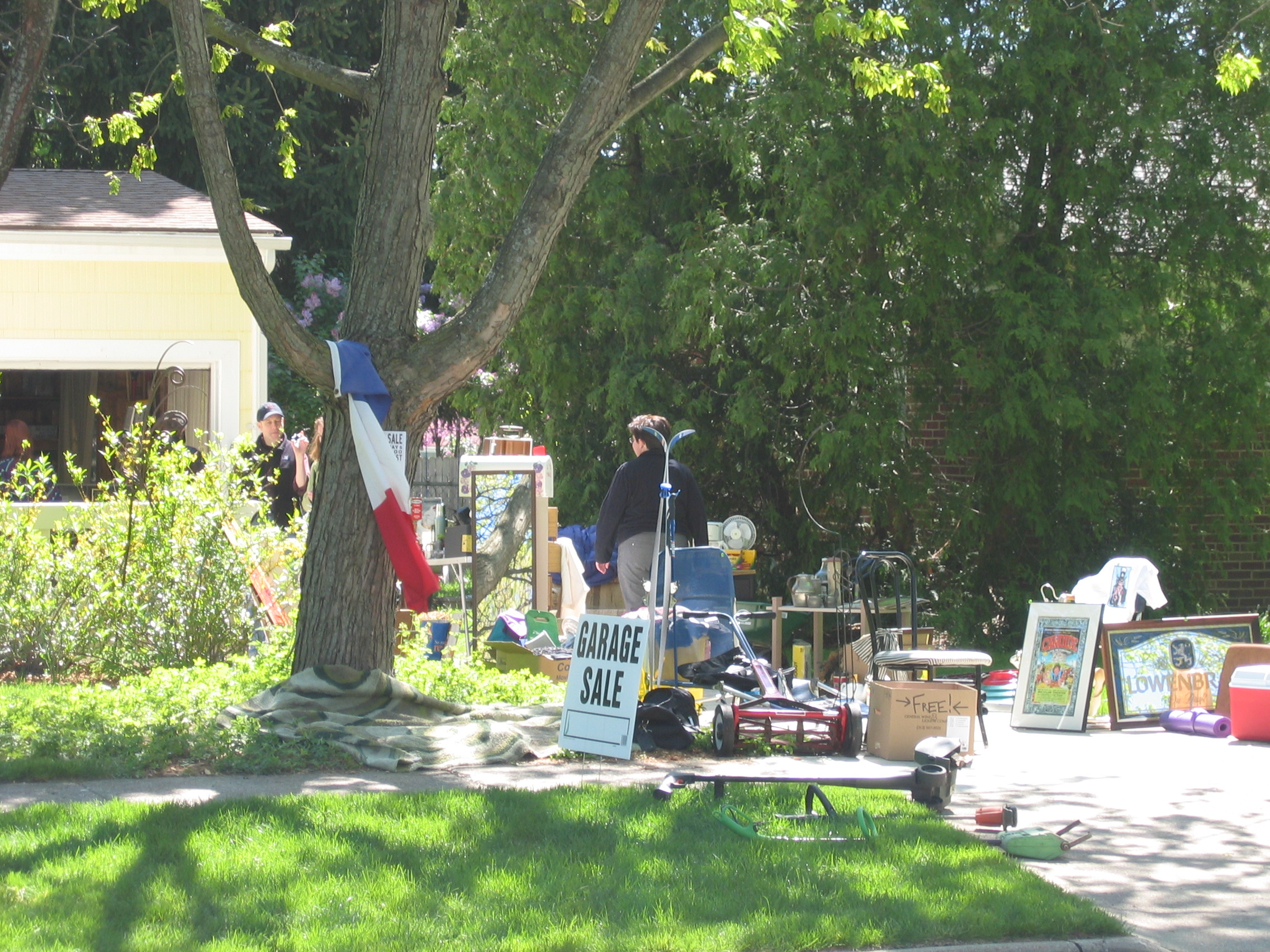
Are you a Konvert?
Marie Kondo is the author of the cultishly popular book “The Life-Changing Magic of Tidying Up,” which has sold nearly 6 million copies and seems to have taken on an even larger cultural footprint. Even people who haven’t read the book have raved about Kondo’s guiding principle: Keep only those belongings that bring you joy, cast off the rest.
The massive popularity of Kondo-izing comes in spite of — or maybe because of — our equally massive consumer culture.
UCLA’s Center on Everyday Lives of Families studied contemporary suburban America with a book titled “Life at Home in the 21st Century.”
A UCLA story about the center’s work said:
“The American workplace is intense and demanding; when we come home, we want material rewards, like people all around the globe,” linguistic anthropologist Elinor Ochs, director of UCLA’s Center on Everyday Lives of Families, says. “What distinguishes us is the normative expectation of hyperconsumerism. American middle-class houses, especially in Los Angeles, are capacious; refrigerators are larger than elsewhere on the planet. Even so, we find food, toys and other purchases exceeding the confines of the home and overflowing into garages, piled up to the rafters with stockpiled extra ‘stuff.’ “
In one telling example, the study notes that “cars have been banished from 75 percent of garages to make way for rejected furniture and cascading bins and boxes of mostly forgotten household goods.”
A lengthy feature about Kondo in the New York Times Magazine this summer pointed to this difficulty in managing our ever-expanding clutter as a reason we were so ready for Kondo’s way to deal with it.
By the time her book arrived, America had entered a time of peak stuff, when we had accumulated a mountain of disposable goods — from Costco toilet paper to Isaac Mizrahi swimwear by Target — but hadn’t (and still haven’t) learned how to dispose of them. We were caught between an older generation that bought a princess phone in 1970 for $25 that was still working and a generation that bought $600 iPhones, knowing they would have to replace them within two years. We had the princess phone and the iPhone, and we couldn’t dispose of either. We were burdened by our stuff; we were drowning in it.

John and I sold the vast majority of our belongings when we downsized from a three-bedroom Midwestern house to move into a one-bedroom Manhattan apartment. We got rid of entire rooms of furnishings and all our yard equipment, then sent some carefully selected belongings, including art and furniture with sentimental value, to live with friends on indefinite loan.
Even so, when I cast an eye around our modest apartment and ask myself “Does it bring me joy?” I see things I’m pretty sure I could live without, things that I don’t mind having around but are somewhere down from joy.
Shrinking our living space has helped me keep pretty constantly vigilant about what I acquire — there’s no “just put it in the basement” in our New York lifestyle — and so has living in other cities for long stays.
I need to decide what I’ll haul with me for a month, and it’s astonishing that our apartment still looks totally full when I lock my suitcase shut. You’d never know I’d taken all the clothes I’ll wear for a month from my still-loaded closet. Coming back to all manner of things I didn’t miss and maybe forgot about entirely makes it easier to send items to the giveaway pile.
I guess George Carlin is right and that we’re constantly making tighter and smaller edits of what stuff we care most about.
Having read that Marie Kondo launched a formal training program for her KonMari method, continuing the expansion of her decluttering movement, I was curious whether we’re at a turning point and how my friends feel about decluttering their lives.
Over the coming weeks, I’ll share guest posts from a few people who volunteered to share their perspectives on clutter.
If you’d like to join in the conversation, I welcome your comments — and let me know if you’d like to write a guest post.
Related posts:

5 Comments
nansanpo
We still have the bird feeder we bought at your Ann Arbor yard sale, and it brings us great joy! I have radically reduced my possessions ever time I’ve moved, and I feel like I have about the right amount of household stuff, clothing, etc. now. But I still seem to have way too much paper (documents I once thought I would need again, articles I thought I would read again, old clippings about family members, memorabilia from every decade of my life), even though I got rid of a lot of files in the last move. Culling all the paper is a major goal for the next year or however long it takes. Then the challenge will be resisting the urge to save stuff just like what I got rid of.
Leave a reply